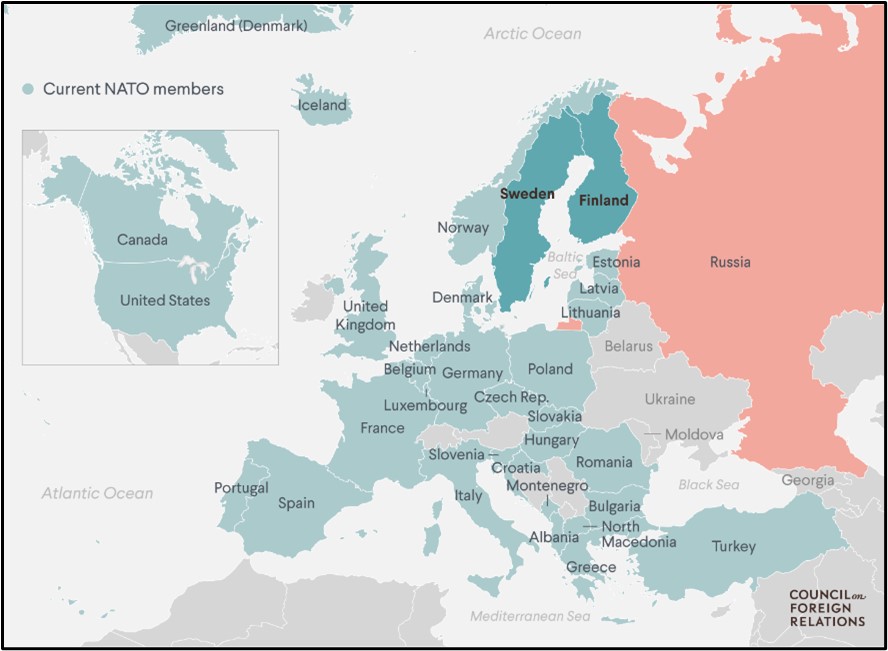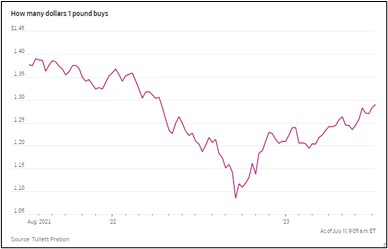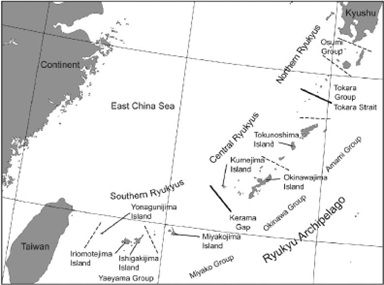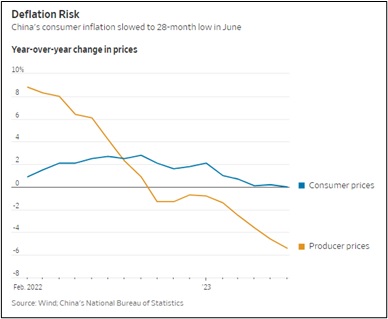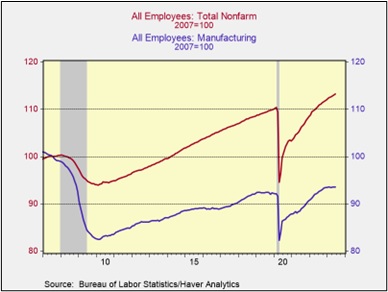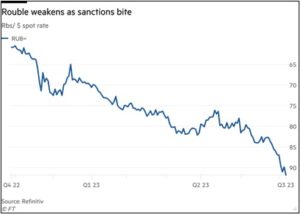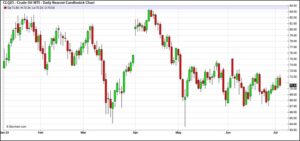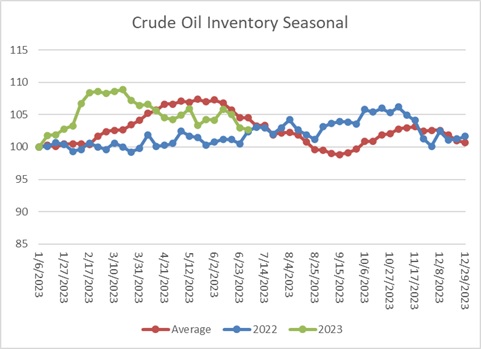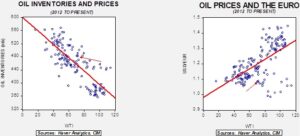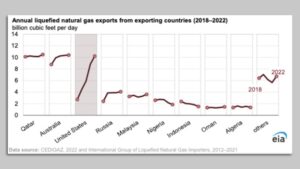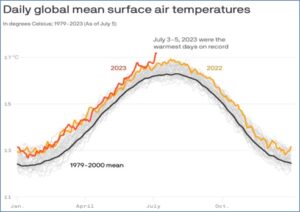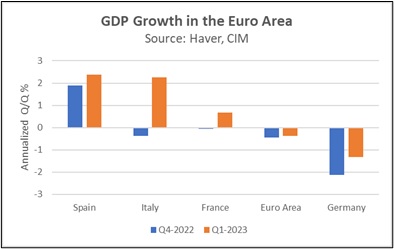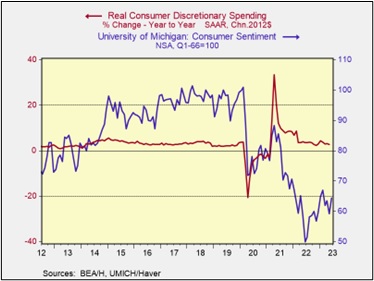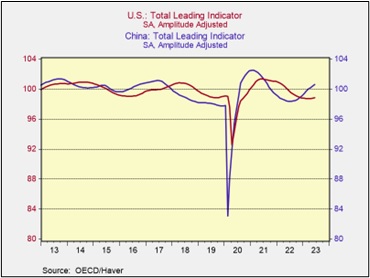Letter to Investors | PDF
At least once a decade, the stock market vibrates with excitement over a new technology and, in this revelry, the stocks of any company close to that technology separate themselves from the rest of the market as a rocket separates itself from the ground. That remarkable upward surge in stock prices provides validation to speculators that they’re doing the right thing in paying exorbitant prices for these stocks. No analysis of business models, profit margins, capital structures, dividends, or (least of all) valuations are required. All that’s needed to justify the investment is to cite the name of the technology: “It’s artificial intelligence!” No other explanation is needed. Other speculators nod knowingly. “It’s a sure thing!”
Prior speculations were provided with similarly simple justifications. “It’s crypto-currency!” “It’s electric vehicles!” “It’s the internet!” “It’s mobile phones!” “It’s personal computers!” “It’s semiconductors!” “It’s plastics!” “It’s television!” “It’s radio!” “It’s the airplane!” “It’s the automobile!”
The ironic thing is that most, if not all, of these new speculation-sparking technologies really are transformational. They change the economy and society. What’s rarely remembered years later is how much capital was incinerated along the way as investors chased one “sure thing” after another. In 1908, there were 253 automobile manufacturers in the United States; by 1929, there were 44. Even among those 44 companies, General Motors, Ford, and Chrysler were making 80% of all cars in that year. Fifty years later, they were the only three left. Yes, some of the 250 other manufacturers were acquired, but the majority simply went out of business, leaving investors with nothing to show for their optimism.
Stock market analysts as old as I am can name dozens of defunct companies in all these transformational industries. You can probably think of a few crypto and EV companies that have already “bit the dust.” It’s hard enough to forecast which technologies are going to succeed financially; it’s much harder to figure out which companies in these lanes are going to both survive and prosper.
All too many people today believe that this is investing. To us, it is simply speculation: a level of risk that we deem unwise. I’ve often likened this manner of investing to wildcat drilling, that is, drilling lots of speculative holes in the ground, hoping that at least one proves to be a gusher and delivers enough of a return to more than compensate for all the dry holes. While that makes sense to some, we’ve never gone that route. If that gusher never comes in, you’re left with lots of lost money.
What makes much more sense to us is to invest in companies that are successful today, whose prospects for staying successful seem bright based on current developments, and whose management teams have proven to be effective in adapting to changing conditions. In other words, we want to invest in what is, not what if.
T.S. Eliot voiced similar thoughts (with infinitely greater eloquence):
What might have been and what has been
Point to one end, which is always present.
(Burnt Norton, I, 9-10)
With investing, as with life, we can get lost if we live in the past or in the future. We live in neither; we live in the present, and thus we can only invest in the present. But isn’t investing about the future? Future returns, future cash flows, etc.? Yes, but we can’t go to the future and see what’s there. We must invest in the present, using the best available information and judgment we can bring to the decision. When the present changes, we can adjust our decisions. The problem with the future is that you can’t know if or when it will change.
Loeb Strauss emigrated from Bavaria to the U.S. in 1848 and joined his older brothers’ wholesale dry goods business in New York. A year later, gold was discovered in California. Unlike other 20- year-olds, Loeb wasn’t interested in chasing the prospect of maybe finding gold; he went to San Francisco to sell wholesale dry goods. He imported clothing, umbrellas, bolts of fabric, and other such stuff from his brothers in New York and sold them to local retailers. When one of his customers asked him to help patent a method for making pants out of Strauss’ denim by putting rivets at the points of stress, Loeb (now known by his nickname Levi) quickly agreed. The blue jean was born. Not many of the 300,000 people who went to California to find gold made a serious amount of money. Not only was Levi much more successful than the dream-followers, but his business also survives to this day.
We like the example of Levi Strauss, who invested in the present rather than speculating on the future.
We appreciate your confidence in us.
Gratefully,
Mark A. Keller, CFA
CEO and Chief Investment Officer



